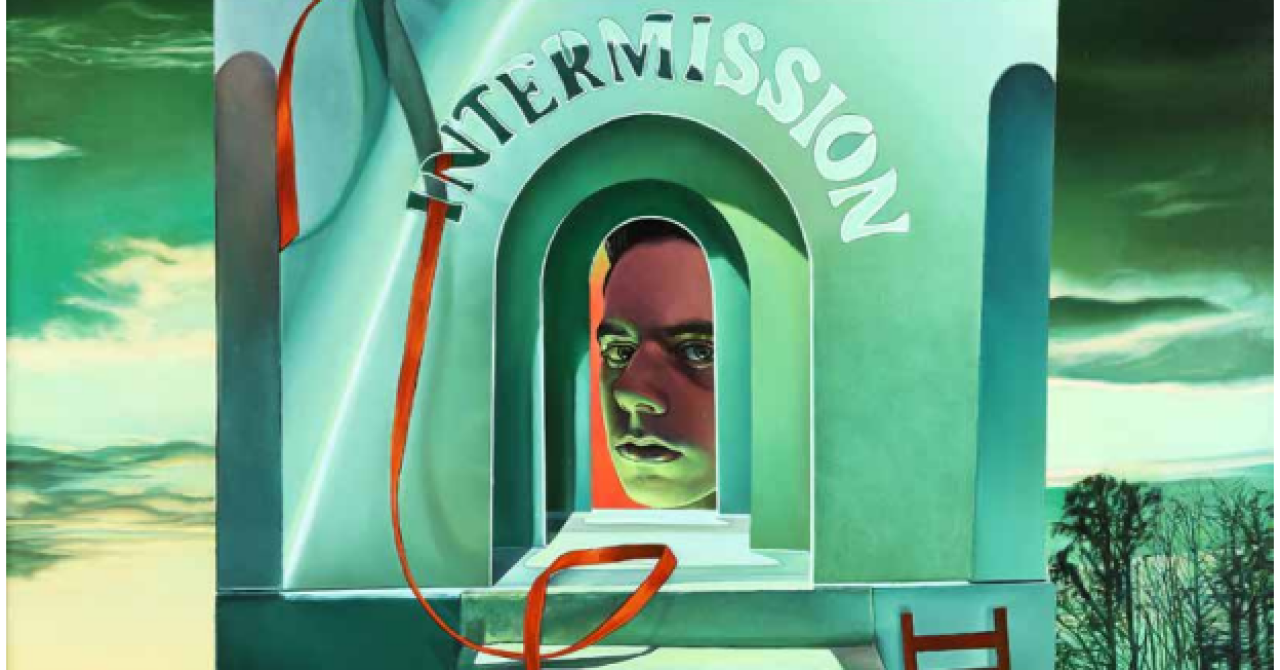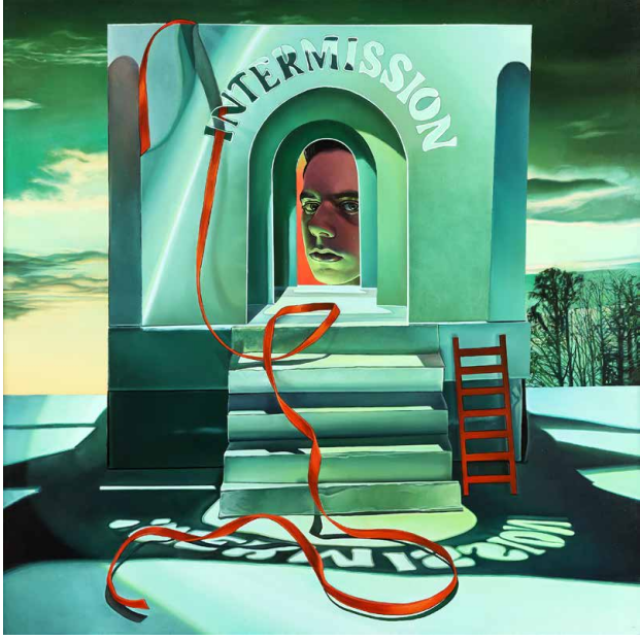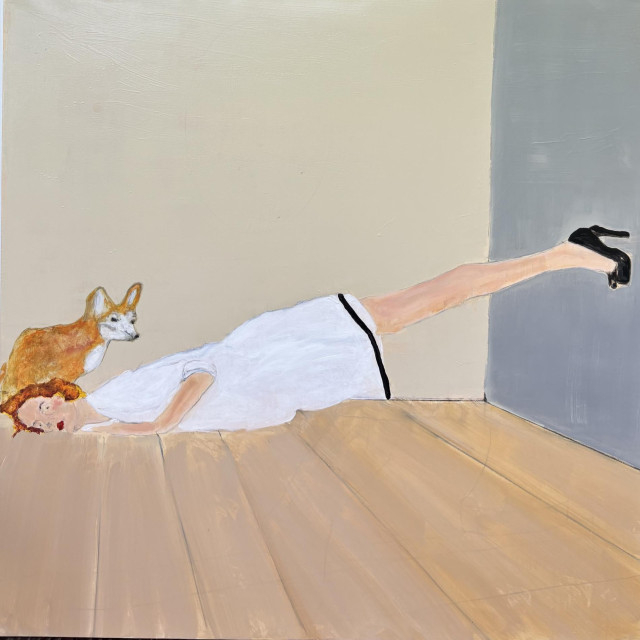A contemporary art exhibition was held in the space of the former first Croatian savings bank in Zagreb, known as the Octagon. The exhibition features works by artists from generations X and Y, who graduated from art academies after 2000, with works created between 2010 and 2020. The exhibition is significant as it takes place in a space that was once a bank, creating a visual dialogue between art and the historical space. Curator Marta Radman emphasizes that the exhibition does not pressure artists to produce new works but provides space for experimentation and reduction of traditional media. The exhibition also highlights the need for state and city institutions to better support young artists through purchasing their works. Notable artists include Nikola Pejačević, Jurica Pušenjak, and Mara Fran, whose works explore various themes from nature to social engagement. The exhibition is part of a broader program of the National Museum of Modern Art adapting to new conditions after the earthquake in Zagreb.
Political Perspectives:
Left: Left-leaning coverage emphasizes the importance of supporting young and emerging artists, highlighting the need for public institutions to invest in contemporary art and cultural infrastructure. It praises the exhibition’s role in revitalizing cultural spaces and fostering artistic experimentation without commercial pressures.
Center: Center-leaning reports focus on the cultural and historical significance of the exhibition space, the blend of tradition and modernity, and the role of the National Museum of Modern Art in preserving and promoting Croatian contemporary art. They provide balanced coverage of the artists and the exhibition’s contribution to the local art scene.
Right: Right-leaning narratives may emphasize the preservation of national heritage and the importance of maintaining cultural identity through art. They might highlight the exhibition as a symbol of resilience after the earthquake and the value of traditional artistic techniques alongside modern expressions.












